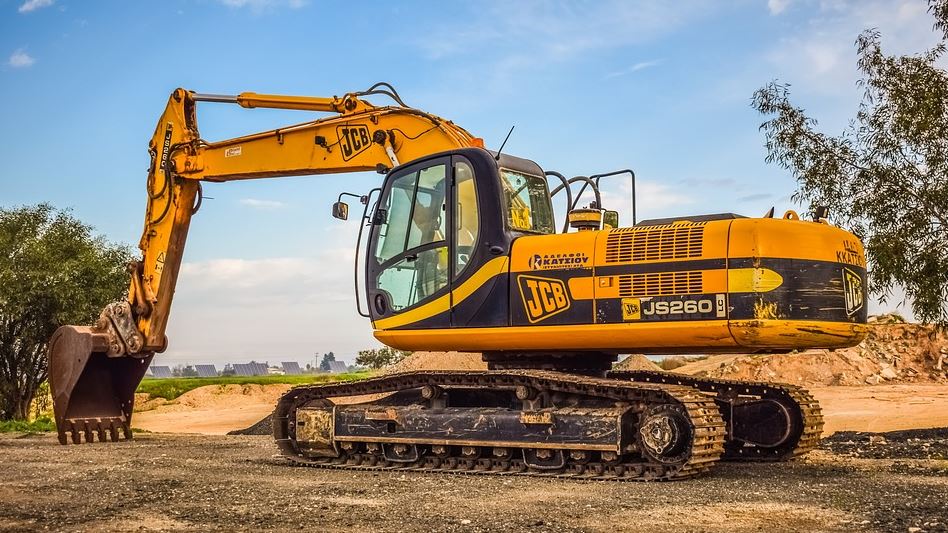Heavy machinery is a major investment for any business — meaning you want it to last for as long as possible. Over time, your machines will start to break down. But with the right strategy and techniques, you can significantly extend the lifespan of your business’s equipment.
These methods will help you keep your equipment running for longer, ensuring a maximum return on investment (ROI) on the tools and machines you buy:
1. Perform Condition Monitoring and Preventative Maintenance
Keep an eye on how your machines are performing. With regular maintenance check-ups and as-needed repairs or component replacements, you can avoid equipment issues that may lead to machine failure — which can require costly repairs or even replacement.
Establish a maintenance schedule in which a trained technician regularly inspects key components and overall equipment health. Work with this technician to identify and track key performance indicators (KPIs) that may signal damage or potential equipment failure.
These maintenance checks will also help you repair or replace malfunctioning parts before they cause more serious failures.
2. Keep Good Records
Good record-keeping is the best way to ensure your maintenance strategy is effective.
A detailed record of a machine’s maintenance history should include entries for each inspection. Each of these entries should have information on when the check was, who performed it, what issues were discovered and when the next maintenance round will be. You should also keep track of when you replaced any parts or made any repairs.
Documenting your equipment’s service history will also give you an idea of what problems a particular machine is prone to and which components may need rebuilds or replacements in the future.
3. Do Equipment Rebuilds and Refurbishing
Rebuilds are an alternative to repair and replacement that can extend equipment lifespan. Rebuilds are typically more extensive than a repair and fully replace several parts of a given machine. One rebuild may completely overhaul a given component, for example, while another may swap out nearly every part of the machinery. In situations where repairs may be a band-aid fix, a rebuild like this can offer some extra longevity and savings over a full replacement.
A rebuild can also be a chance to upgrade some of a machine’s components. Newer parts are often more efficient and may offer other advantages — like reduced wear and tear — that can further extend the equipment’s lifespan.
4. Build Robust Product Knowledge
Familiarize yourself with common causes of damage and failure for each piece of heavy equipment you have on-site. Research can be as simple as scanning the product manual for relevant information, along with any tips or resources the manufacturer has on their website.
For example, some items may not tolerate excess preventive maintenance. It is possible to care for equipment too much, and while this is likely better than doing too little, it may prove harmful in the long run. Information from a machine’s manual or online resources can help you optimize your upkeep schedule
You can also get in touch with your OEM or vendor, who may be able to help you identify common issues or let you know about best practices you can implement to extend machine lifespan. However, you should use your own best judgment when implementing vendor recommendations. You have better information than they do about site conditions, equipment use and workforce skill level. Some suggestions may not be a good fit for your particular environment or processes.
5. Train the Machine Operators
Over time, improper use of a machine can cause serious damage, wearing down components and reducing the equipment’s lifespan. Training is valuable for multiple reasons — including worker efficiency and safety — and it can also help you get the most out of your machinery.
If you’ve already researched how to best use your company’s equipment, pass this information on to your workers. Organize training materials that cover basic operation and best practices for machine operators.
Trained employees should be retrained regularly to keep them updated on best practices and ensure they don’t get rusty.
6. Clean the Working Environment
Sites that need heavy equipment — like construction sites, farms and warehouses — often struggle to control dust and dirt. When kicked up into the air, these materials can cause serious problems within the machinery. They can slip between joints, clog filters and damage sensitive, electronic components.
Following best practices for dust management — like the use of tillage, vegetation, soil stabilizers and water — is a great way to ensure filters don’t clog up over time. Dust management will also protect electronics.
Even with the cleanest possible working environment, your machines will probably still get dirty. Maintenance checks allow routine cleaning that will keep equipment functioning for longer.
7. Protect Essential Components
Ensure the major equipment components avoid damage by implementing the right safety measures. For example, checking that moving parts are properly lubricated whenever a machine is in use can prevent frictional wear and tear, which extends your equipment life. If you have machinery with valuable components in the undercarriage, you can use a guard or splash shield to protect them from water, dust and dirt.
These safety measures may require some extra parts and additional maintenance — but they can go a long way in preventing unnecessary equipment damage.
Best Practices for Extending Equipment Life
You can extend the life of your heavy machinery and improve your ROI with the right techniques. An effective maintenance plan with solid record-keeping can go a long way in catching simple problems before they create more serious issues. Training and operator knowledge will ensure your machines are being used correctly, reducing the chances of operator errors causing additional wear and tear.
You can also take simple steps to protect machine components from damage — like lubricating moving parts and practicing appropriate dust control on-site.

